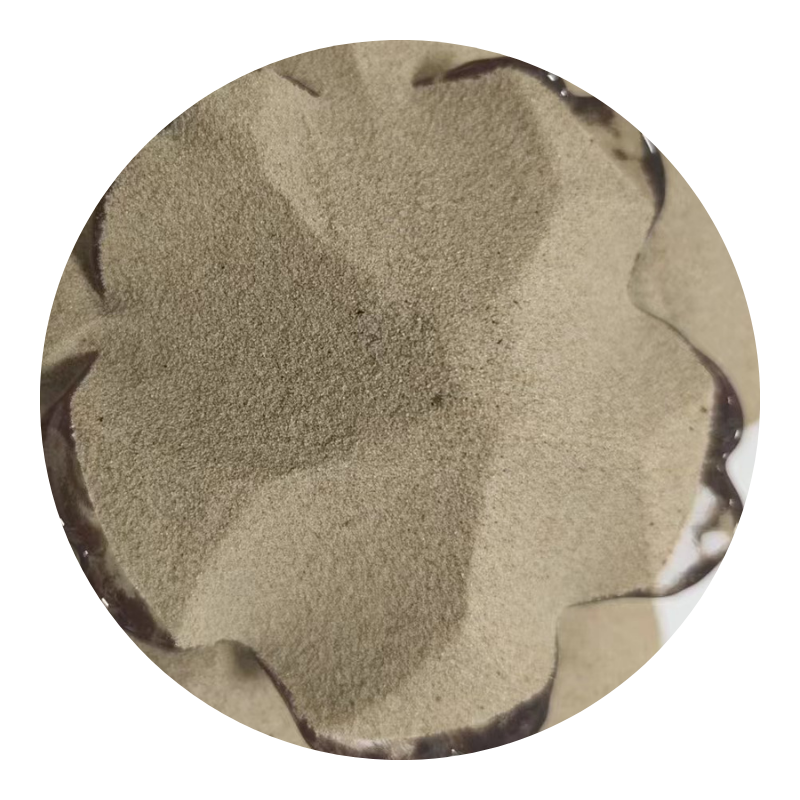
vermiculite in hanging baskets
The Role of Vermiculite in Hanging Baskets
Hanging baskets are a delightful way to add greenery and color to any outdoor or indoor space. They can transform a dull area into a vibrant garden oasis, providing a unique perspective to enjoy plants at eye level. Among the various components that gardeners use to enhance their hanging baskets, vermiculite stands out for its numerous benefits. This lightweight mineral is derived from mica, and when heated, it expands into small, accordion-like particles that possess a range of characteristics advantageous for plant growth.
What is Vermiculite?
Vermiculite is a naturally occurring mineral that undergoes a process of heating to produce a lightweight, porous material. Its structure allows it to hold substantial amounts of water while still providing excellent aeration for plant roots. This dual ability is crucial for the health of plants in hanging baskets, as these baskets often experience unique watering challenges due to their elevation and the effects of wind and sun exposure.
Benefits of Using Vermiculite in Hanging Baskets
1. Moisture Retention One of vermiculite's most outstanding features is its moisture retention ability. It can absorb water and release it slowly to the plant roots as needed. This property is particularly helpful in hanging baskets, where the soil can dry out quickly due to exposure to wind and sun.
2. Aeration Good aeration is vital for healthy root development. Vermiculite provides excellent air pockets in the soil mix, ensuring that roots receive the necessary oxygen. This is particularly important in hanging baskets, which often contain denser growing media. The incorporation of vermiculite can prevent compaction, thus promoting a healthier growing environment.
3. Lightweight The lightweight nature of vermiculite makes it an excellent choice for hanging baskets, where weight can be a concern. By using vermiculite in the soil mix, gardeners can create a lighter medium that is easier to handle and less burdensome on the hanging structures.
4. pH Neutral Vermiculite is pH neutral, which means it does not alter the acidity or alkalinity of the growing medium. This characteristic is crucial for plants that prefer specific pH levels, allowing gardeners to maintain optimal soil conditions for their hanging basket plants without worrying about the effects of the growing medium itself.
vermiculite in hanging baskets

5. Nutrient Retention Vermiculite has the capacity to hold onto nutrients, making them available to plants over time. This property can reduce the frequency of fertilization needed, allowing for a more straightforward maintenance routine for hanging baskets.
How to Use Vermiculite in Hanging Baskets
When preparing a hanging basket, vermiculite can be mixed with other components to create an ideal growing medium. A common mixture includes equal parts of potting soil, vermiculite, and perlite. This blend provides a balance of moisture retention, aeration, and lightweight characteristics.
1. Preparation Start by selecting a high-quality potting soil. Mix it thoroughly with vermiculite and perlite. A typical ratio is 111, ensuring that the resulting medium is light and well-aerated.
2. Filling the Basket Fill the hanging basket with the prepared soil mix. Leave some space at the top for planting.
3. Plant Selection Choose plants that thrive in hanging baskets, such as petunias, fuchsias, or trailing lobelia. Consider the light requirements and ensure a good mix of colors and textures for visual interest.
4. Watering and Maintenance Keep an eye on the moisture levels, especially in summer as hanging plants can dry out quickly. The vermiculite will help maintain consistent moisture, but regular checks are essential. Fertilize with a liquid fertilizer every few weeks to ensure the plants are receiving adequate nutrients.
Conclusion
Incorporating vermiculite into the soil mix for hanging baskets enhances the overall health and longevity of the plants. With its ability to retain moisture, provide aeration, and support lightweight structures, vermiculite is an invaluable resource for both novice and experienced gardeners. By understanding its benefits and proper application methods, anyone can create stunning hanging displays that thrive and bring joy throughout the growing season.
Share
-
Premium Resin Coated Sand - High Heat Resistance CastingNewsJul.31,2025
-
High Quality Silicon Carbide Grit for Abrasive ApplicationsNewsJul.30,2025
-
High-Quality Ceramsite for Plants & Gardening | Lightweight PebblesNewsJul.29,2025
-
Premium Burgundy Glass Marbles for Vases & Shooter GamesNewsJul.29,2025
-
High Purity Quartz Sand for Industrial and Ground ApplicationsNewsJul.29,2025
-
High-Quality Barite Powder for Drilling & Industrial UseNewsJul.29,2025






